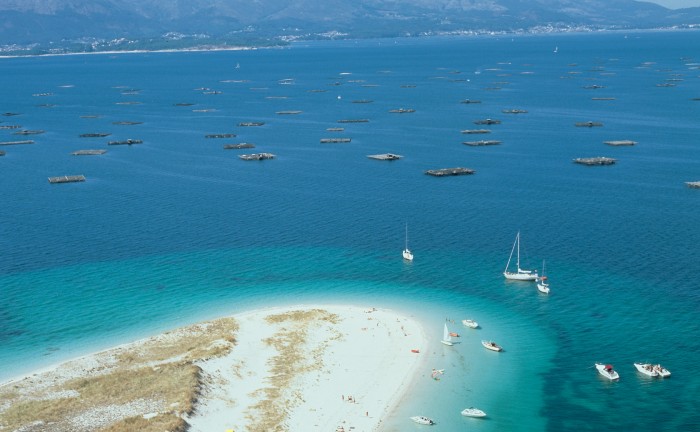COAST OF DEATH & CAPE FINISTERRE
Date: 04.09.2014
|
Official Guides of Galicia, Visits to La Coruña, Full-time Visitors, Tours and excursions |
0 Comments
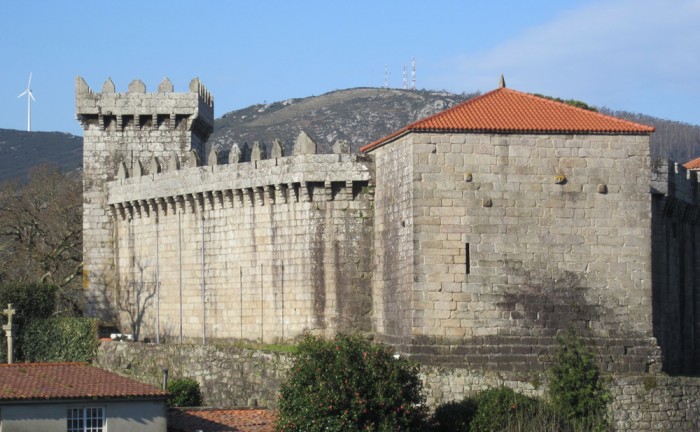
High Estuaries: A Coruña & Betanzos. Full day tour from A Coruña
Date: 04.09.2014
|
Official Guides of Galicia, Visits to La Coruña, Full-time Visitors, Tours and excursions |
0 Comments
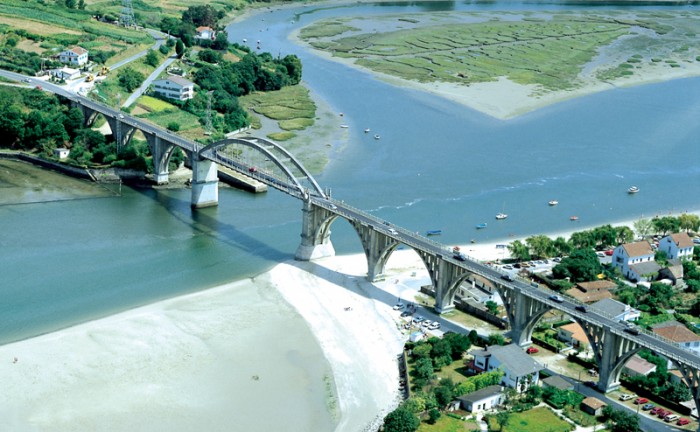
(Español) Visita a los Monasterios de Armenteira y Poio
Date: 04.09.2014
|
Official Guides of Galicia, Visits to Vigo, Half-day visits, Tours and excursions |
0 Comments
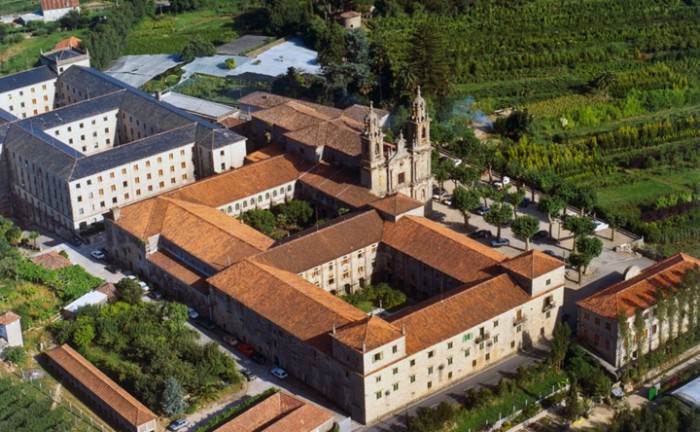
Quiñones de León Gardens & Soutomaior Castle Gardens
Date: 04.09.2014
|
Official Guides of Galicia, Visits to Vigo, Half-day visits, Tours and excursions |
0 Comments
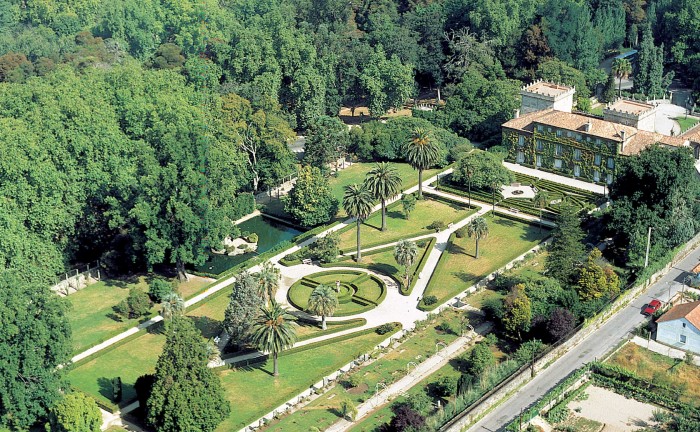
LOW ESTUARIES
Date: 04.09.2014
|
Official Guides of Galicia, Visits to Vigo, Half-day visits, Tours and excursions |
0 Comments
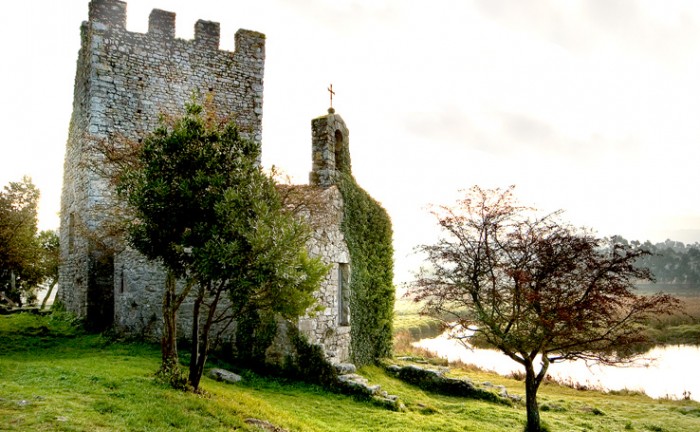
MIÑO VALLEY & PORTUGAL
Date: 04.09.2014
|
Official Guides of Galicia, Visits to Vigo, Half-day visits, Tours and excursions |
0 Comments
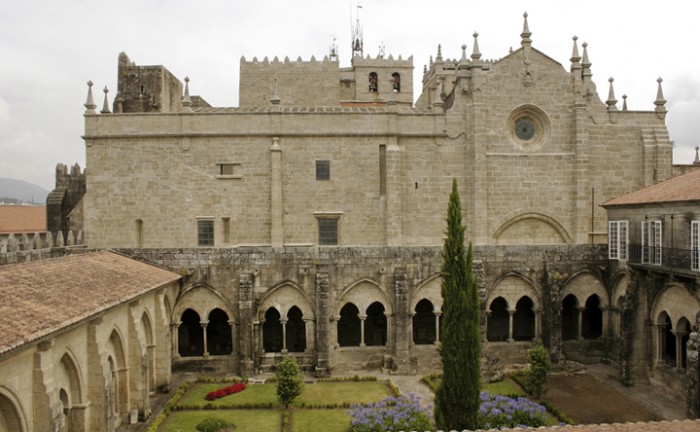
LOW ESTUARIES & PONTEVEDRA CITY
Date: 04.09.2014
|
Official Guides of Galicia, Visits to Vigo, Half-day visits, Tours and excursions |
0 Comments
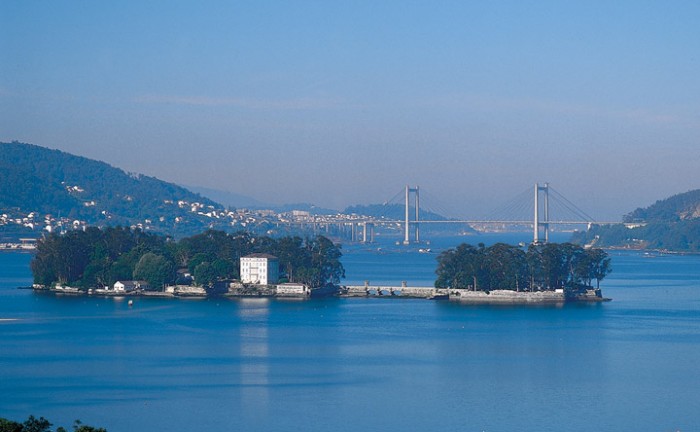
Low Estuaries: Baiona & Celtic Village
Date: 04.09.2014
|
Official Guides of Galicia, Visits to Vigo, Half-day visits, Tours and excursions |
0 Comments
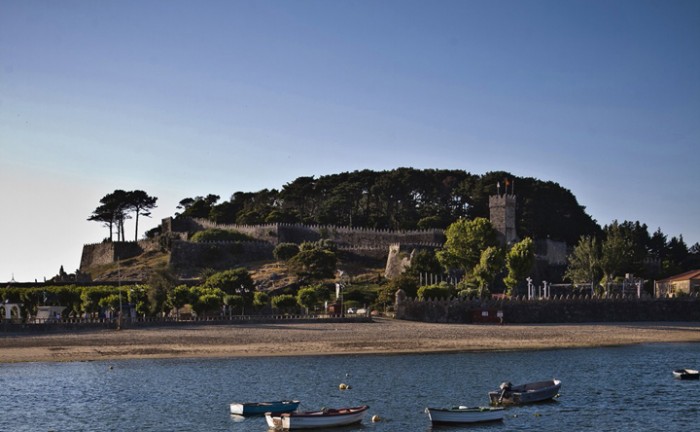
Gardens, Manor Houses & Castles
Date: 04.09.2014
|
Official Guides of Galicia, Visits to Vigo, Full-time Visitors, Tours and excursions |
0 Comments
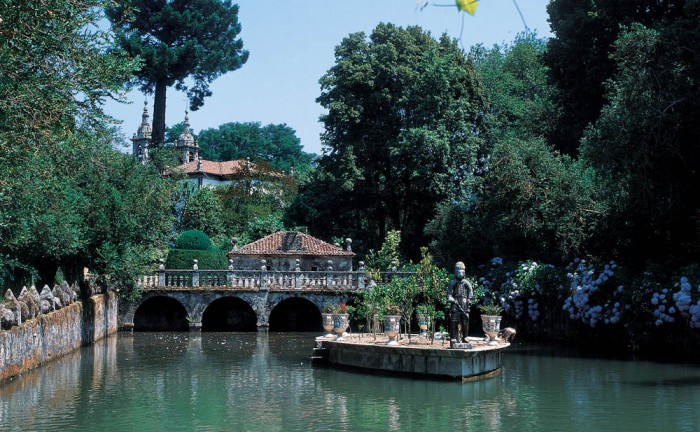
Pilgrins way to Santiago
Date: 04.09.2014
|
Official Guides of Galicia, Visits to Vigo, Full-time Visitors, Tours and excursions |
0 Comments
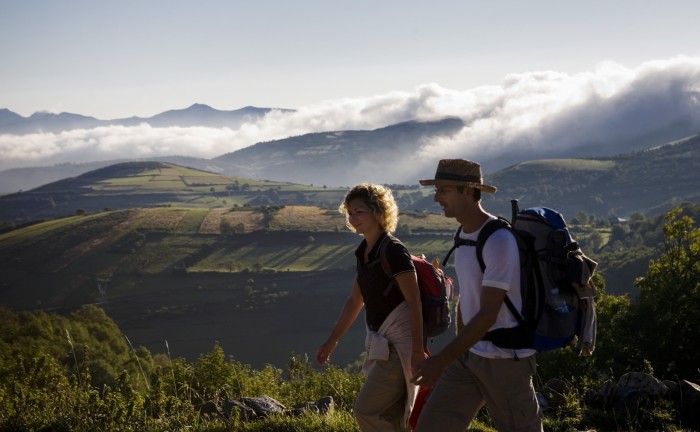
Ribeiro Region & Ourense City
Date: 04.09.2014
|
Official Guides of Galicia, Visits to Vigo, Full-time Visitors, Tours and excursions |
0 Comments
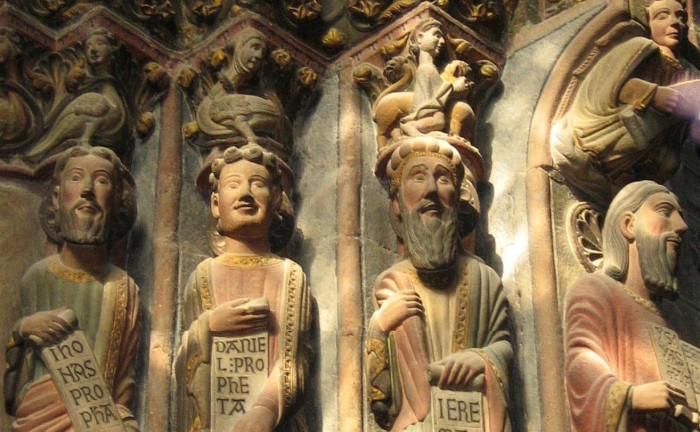
LOW ESTUARIES
Date: 04.09.2014
|
Official Guides of Galicia, Visits to Vigo, Full-time Visitors, Tours and excursions |
0 Comments
